
《原乡》当代艺术展
策展人:顾振清
展览总监:巴图巴特
策展助理:李娇妮
艺术家:陈伟农、邓国源、高氏兄弟、关伟、何昊远、刘韡、祁志龙、史金淞、孙源+彭禹、谭勋、童雁汝南、伊德尔
主办:蒙古国家美术馆
媒体合作:艺术档案 www.artda.cn
开幕时间:2016年10月8日(周六)15:00
展期:2016年10月8日至28日
展地:蒙古国乌兰巴托市苏赫巴特尔广场3号蒙古国家美术馆
联络:+976-331687;www.art-gallery.mn
原乡
策展人顾振清
“原乡”是人类精神家园的源头,也是不同国家、不同民族、不同信仰的人们苦苦追寻的一个催生自身文明传统和文化主体性的精神故乡。“原乡”情结所追溯的,不单单是一个民族、一个国家带有传统表征的文化故乡,更是人类古文明“轴心时代”宗教和哲学理性主义传统肇端时期所开启的一种历久弥新的精神渊源。在当今全球化、现代化、城市化条件下,中国与其他发展中国家一样,身处社会转型期所激发的种种新的飞跃和危机之中。这使得人们常常重温源远流长的先哲思想系统所构成的人类赖以生存的精神基础。“原乡”比拟的是物质浮华的当代社会对以往人类精神天才的一种回望。中国现当代艺术家的“原乡”经验,是绵延、生成于中国文化传统的一种自觉的精神变革,也是一种具有逻辑演进、自主创新特色的当代美学形态。在多元文化共享的国际社会新平台,中国现当代艺术家正在生成发展中国家的一种独特而开放性的人类经验,构建了他们作为社会个体对民族文化和全球社会所承担的责任和贡献。“原乡”其实也是深具想像力和创造力的中国当代艺术所一直秉持的精神关怀,承载的是近百年以来中国仁人志士孜孜以求的中华文化复兴的伟大梦想。
▼ 展览现场



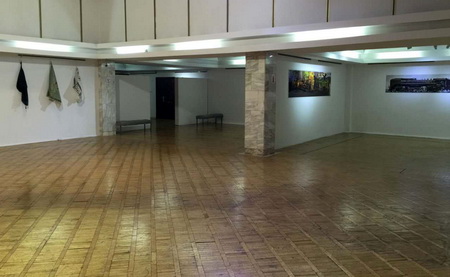

▼ 部分艺术家作品
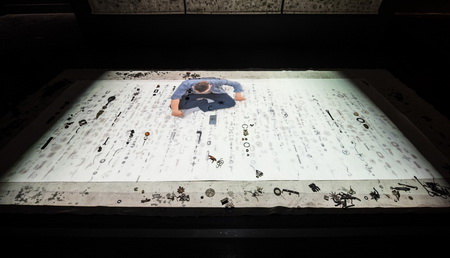
▲ Shi Jinsong Diamond Sutra, copper items, ink on paper, video, 1min23sec, loop

▲Chen Weinong A boundless View, 2010, video, 30mins, loop

▲ Gao Brothers Utopia of Construction No.6, 2014, digital print, 110x110cm
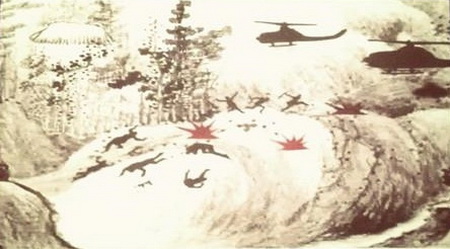
▲Guan Wei War on Paper, 2003-2014, video 5mins

▲Sun Yuan +Peng Yu If Seeing is not an Option, video, 30mins, loop

▲ He Haoyuan Civilization, 2015, silk


▲TanXun Project of Limingzhuang Village 30#, stainless steel, 16x9x3cm, 1 set of 3 pieces
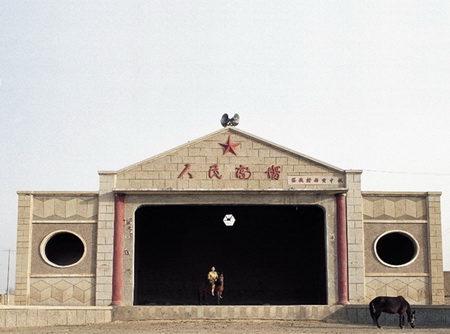
▲ Yi Deeer Golden Fairy Tale-River 2, 2003, photo, 90x120cm
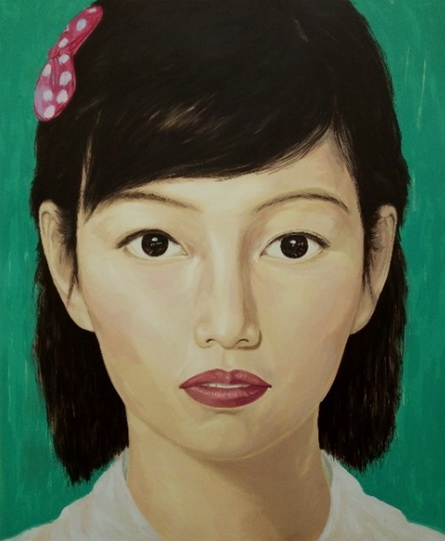
▲Qi Zhilong Girl with Hairpin, 2014, silk screen print, 63.5x52cm
ESSENCE: AN EXHIBITION OF CONTEMPORARY ART
CURATOR: GU ZHENQING
DIRECTOR: BATBAATAR NAMSRAIJAV
ASSISTANT CURATOR: LI JIAONI
ARTIST: CHEN WEINONG, DENG GUOYUAN, GAO BROTHERS, GUAN WEI, HE HAOYUAN, LIU WEI, QI ZHILONG, SHI JINSONG, SUN YUAN+PENG YU, TAN XUN, TONG YANRUNAN, YI DEER,
PRESENTED BY: MONGOLIAN NATIONAL ART GALLERY
MEDIA SUPPORT: www.artda.cn
OPENING: 15:00, SATURDAY, 8 OCT. 2016
DATES: 8 OCT. – 28 OCT. 2016
VENUE: MONGOLIAN NATIONAL ART GALLERY, CENTRAL PALACE OF CULTURE, SUKHBAATAR SQUARE-3, ULAANBAATAR, MONGOLIA.
CONTACT: +976-331687;www.art-gallery.mn
ESSENCE: THE ORIGINAL HOMELAND
By Gu Zhenqing, curator
“Essence” refers to the origin of spiritual homeland for mankind. It means the original homeland that people from different nations and religious who have struggled to find, a land that is removed from their own cultural traditions and subjectivity. What the “essence” seeks out is not just a cultural homeland for a people or a nation marked by cultural identifiers, but the kind of unfading spiritual wellspring that was opened up by the religious and philosophical traditions of the “Axial Age” of ancient civilization. Under the conditions of globalization, modernization and urbanization, China, like other developing nations, in facing the various new leaps and crises brought about by a period of social transition. This has often led people to return to the spiritual foundation that was constructed by ancient philosophical systems of thought, and upon which mankind has long relied for survival. “Essence” is a longing look back on human spiritual geniuses from a society flooded with material desire. The essential experience of Chinese modern and contemporary artists is a continuation and generation of conscious spiritual transformation born out of Chinese cultural traditions, as well as a contemporary aesthetic mode marked by logical progression and active innovation. On the new multicultural stage shared by international society, Chinese contemporary writers and artists are producing a human experience unique to development nations, one which forms their responsibilities and contributions to national culture and global society as individuals. “Essence” is the open spiritual concern that has been maintained by Chinese contemporary artists who possess profound imagination and creativity, one which carries the great dream of a renaissance in Chinese culture that forward-thinking and conscientious Chinese people have dreamt for a century.

![[北京]时代美术馆“楼上的青年: 2010青年批评家提名展”](attachment/100601/48ac4fdc6c.jpg)